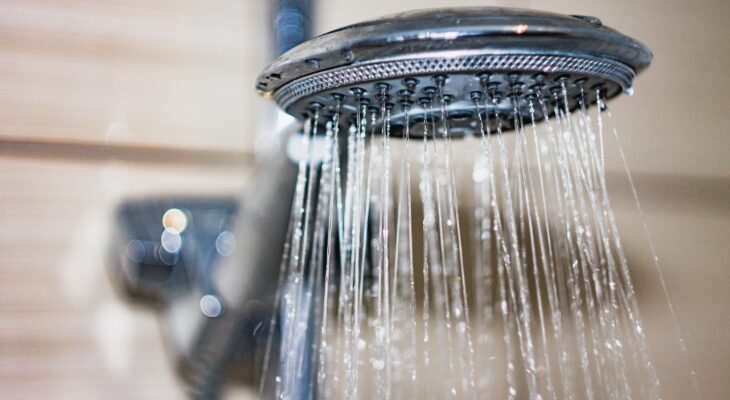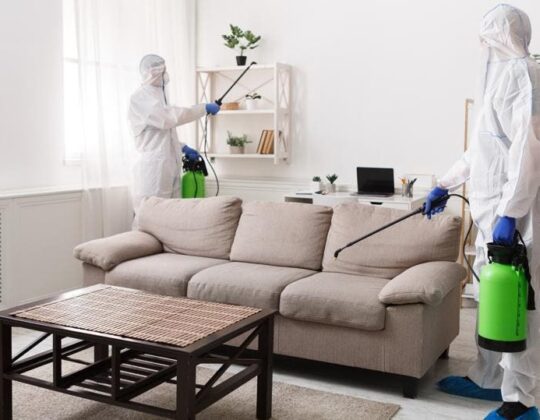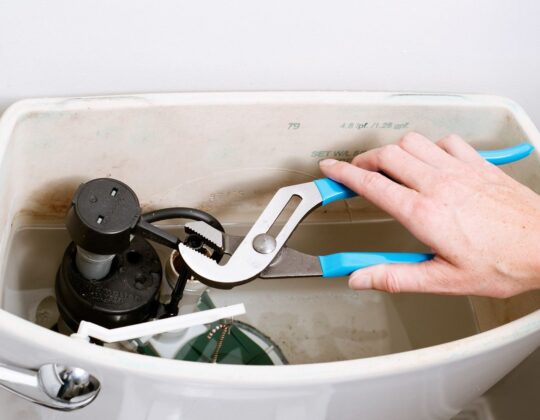A sudden drop in water pressure throughout your house can be a perplexing and inconvenient issue. Whether you’re faced with weak flows from faucets, slow-filling toilets, or ineffective showers, addressing the problem promptly is essential for maintaining the functionality of your home’s plumbing system. In this comprehensive guide, we will explore common causes of a sudden water pressure drop, identify potential culprits, and provide step-by-step solutions to help you restore optimal water pressure in your household.
Understanding the Causes:
Before delving into solutions, it’s crucial to understand the potential reasons behind a sudden drop in water pressure. Here are some common causes:
- Water Supply Issues:
- Municipal water supply problems, such as maintenance, repairs, or pipe bursts, can lead to a sudden drop in water pressure.
- Check with your local water utility to see if there are any known issues in your area.
- Pipe Leaks:
- Leaks in the plumbing system, whether within the house or underground, can result in reduced water pressure.
- Inspect visible pipes for signs of leaks and listen for the sound of running water when no fixtures are in use.
- Clogged Pipes:
- Accumulation of mineral deposits, sediment, or debris in pipes can restrict water flow, causing a drop in pressure.
- Older homes with galvanized iron pipes are more prone to corrosion and clogging.
- Pressure Regulator Issues:
- Malfunctioning or incorrectly set pressure regulators can lead to inadequate water pressure.
- Check the pressure regulator and adjust or replace it as needed.
- Water Heater Problems:
- Sediment buildup in the water heater tank can affect hot water pressure.
- Verify if the pressure drop is specific to hot water or if it affects both hot and cold water.
- Plumbing Fixture Issues:
- Individual fixtures, such as faucets or showerheads, may become clogged or faulty, impacting water pressure.
- Inspect and clean fixtures regularly to maintain proper flow.
- Water Softener Malfunctions:
- A malfunctioning water softener that is not regenerating properly can lead to reduced water pressure.
- Check the softener system and address any issues.
Step-by-Step Solutions:
Now that we’ve identified potential causes, let’s explore step-by-step solutions to address a sudden drop in water pressure throughout your house:
1. Check with the Water Utility:
- Contact your local water utility to inquire about any ongoing maintenance, repairs, or issues in the area.
- If the problem is external, it may be resolved by the utility provider.
2. Inspect for Visible Leaks:
- Check for visible leaks in the plumbing system, both inside and outside the house.
- Examine pipes, joints, and connections for signs of water accumulation or dampness.
3. Listen for Running Water:
- Turn off all fixtures and appliances that use water.
- Listen for the sound of running water. If you hear water running when no fixtures are in use, it may indicate an internal leak.
4. Check Pressure Regulator:
- Locate the pressure regulator, typically near the main water shutoff valve.
- Adjust the regulator to increase or decrease pressure as needed.
- If the regulator is malfunctioning, consider replacing it.
5. Examine the Water Heater:
- Check the water heater for signs of sediment buildup in the tank.
- Flush the water heater to remove sediment and improve hot water pressure.
- If the issue persists, consult a professional plumber to inspect the water heater.
6. Inspect Plumbing Fixtures:
- Remove and clean aerators on faucets and showerheads to remove mineral deposits.
- Inspect individual fixtures for clogs or malfunctions and address any issues.
- Consider replacing old or faulty fixtures with newer, more efficient models.
7. Test Water Pressure at Multiple Fixtures:
- Test water pressure at various fixtures throughout the house, including faucets, showers, and toilets.
- If the issue is isolated to specific fixtures, it may indicate localized problems that can be addressed individually.
8. Check for Clogged Pipes:
- If you suspect clogged pipes, consider hiring a professional plumber to perform a thorough pipe inspection.
- Hydro jetting or pipe descaling may be necessary to remove stubborn deposits.
9. Verify Water Softener Functionality:
- Check the water softener system for proper functioning.
- Ensure the system is regenerating as scheduled and that salt levels are adequate.
- Clean or replace the resin tank if needed.
10. Test Pressure with a Pressure Gauge: – Use a pressure gauge to measure water pressure at the main water supply. – Compare the readings to the recommended pressure for your area (typically between 40-80 psi). – Adjust the pressure regulator accordingly.
11. Consider Pipe Replacement: – In older homes with galvanized iron pipes, consider replacing the plumbing with more modern materials like copper or PEX. – This can improve water flow and reduce the risk of future clogs.
12. Consult a Professional Plumber: – If the cause of the water pressure drop remains unclear or if the issue persists, consult a licensed plumber. – Professionals can perform a comprehensive inspection, diagnose the problem accurately, and recommend appropriate solutions.
13. Install a Water Pressure Booster Pump: – In cases where low water pressure is persistent, consider installing a water pressure booster pump. – This device can enhance water pressure throughout the house.
14. Regular Maintenance: – Implement regular maintenance practices, such as cleaning aerators and checking for leaks, to prevent future water pressure issues. – Stay vigilant and address plumbing problems promptly to avoid escalation.
Conclusion: A sudden drop in water pressure throughout your house requires a systematic approach to identify and address the underlying causes. By checking for leaks, inspecting fixtures, testing pressure, and considering various factors, you can troubleshoot and resolve the issue. If you encounter challenges or are unsure about plumbing work, consult a professional plumber to ensure the safety and functionality of your water supply system. Restore optimal water pressure to your home by addressing issues promptly and effectively, ensuring a seamless and efficient plumbing experience.









